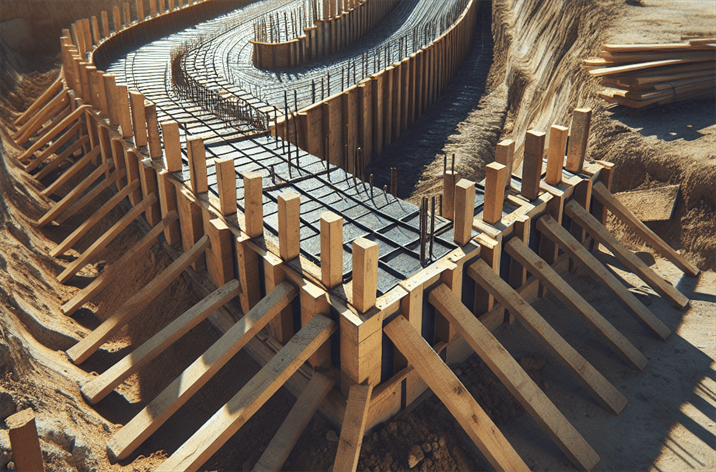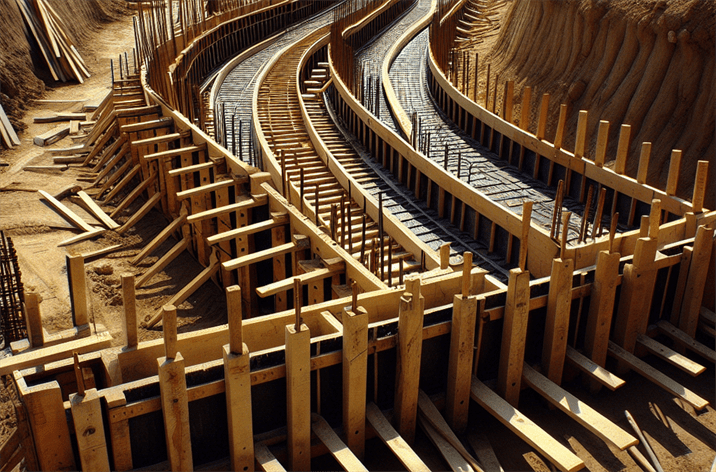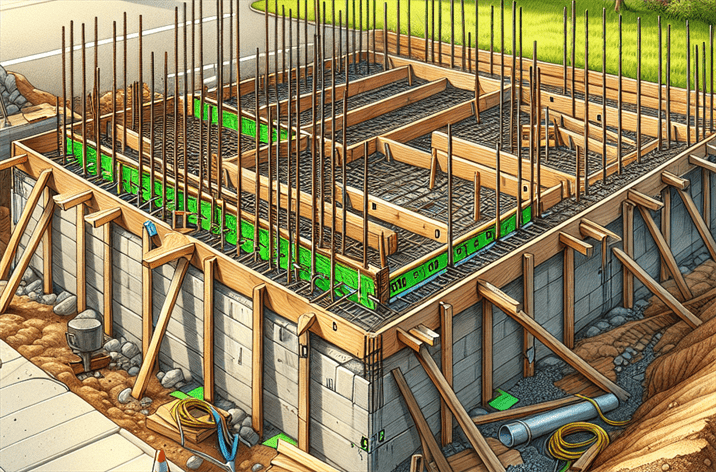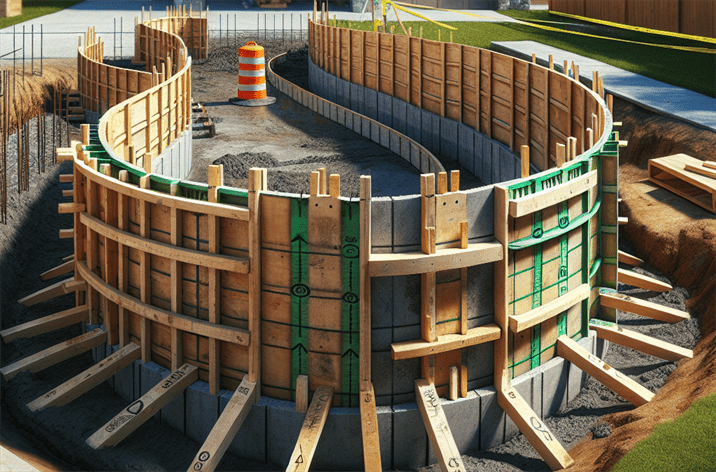Construction Project Markers: How They Improve Communication
Introduction
Did you know that effective communication can enhance project efficiency by over 30% in the construction industry? This statistic highlights the critical role that construction project markers play in modern construction practices. In recent years, the importance of these markers has grown significantly, as they serve as essential tools for improving communication among team members. Studies have shown that when construction project markers are utilized effectively, they can lead to better project management, enhanced team collaboration, and increased accuracy in execution.
In this article, we will explore the various benefits of using construction project markers guide. We will delve into their definition, historical context, and the technological advancements that have shaped their use. Additionally, we will examine how they function on-site, their real-world applications, and the future trends surrounding these vital tools. By the end of this article, you will have a comprehensive understanding of how construction project markers can significantly improve communication and overall project outcomes.
What are Construction Project Markers?
Definition
Construction project markers are essential tools used in the construction industry to indicate specific points or areas on a job site. These markers can take various forms, including flags, stakes, paint, or digital indicators, and are primarily used for surveying, layout, and project management purposes. Their main function is to provide clear visual cues that help workers navigate the site, ensuring that everyone is aligned with the project’s objectives.
Historical Context
The use of markers in construction dates back to ancient civilizations, where simple tools such as stones or wooden stakes were employed to outline property boundaries and construction areas. Over the years, the development of construction project markers has evolved significantly, especially with the introduction of digital markers and GPS technology. In the past two decades, the integration of high-tech solutions, such as drones and digital mapping tools, has revolutionized how construction project markers are used, enhancing their precision and effectiveness.
The Importance of Construction Project Markers
In today’s fast-paced construction environment, the relevance of construction project markers cannot be overstated. As construction technology continues to advance, the need for clear communication and accurate project execution has become paramount. These markers are integral to modern project management methodologies, allowing teams to coordinate efforts and maintain alignment throughout the project’s lifecycle.
Construction Project Markers in the Context of Construction Management
Within the realm of construction management, construction project markers serve as a crucial component of project planning and execution. They help managers visualize project layouts, track progress, and ensure that all team members are on the same page. By providing a clear framework for communication, these markers contribute to smoother workflows and reduced errors.
Key Players or Contributors
Several organizations and innovations have propelled the use of construction project markers. For instance, advancements in surveying technologies and the development of specialized marking tools have played a significant role in their adoption. Companies that manufacture high-quality markers, such as wooden stakes and lath, have also contributed to the growing reliance on these tools in construction practices. If you’re interested in learning more about the different types of markers available, check out our detailed guide on affordable stakes and lath for construction needs.
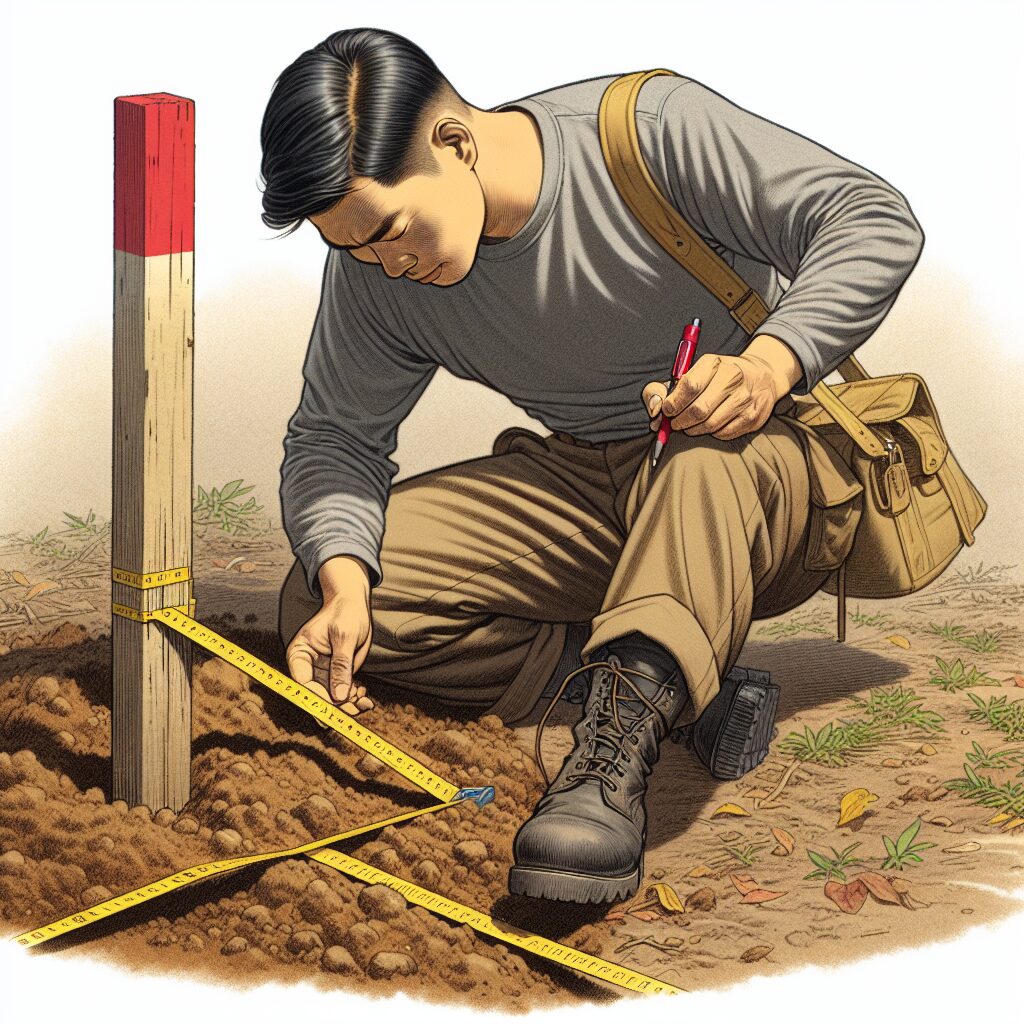
How Do Construction Project Markers Work?
The Mechanics of Construction Project Markers
Understanding how construction project markers work is essential for anyone involved in construction projects. These markers function as visual references that guide workers in executing their tasks accurately. The following steps outline their mechanics:
- Site Assessment: Before any markers are placed, a thorough assessment of the project site is conducted. This involves evaluating the terrain, identifying key points, and determining where markers need to be positioned.
- Marker Placement: Once the assessment is complete, markers are strategically placed according to the project plans. This could involve using stakes to outline boundaries or flags to indicate specific areas of interest.
- Communication: As markers are placed, they serve as references for all team members, facilitating clear communication about project specifications and expectations.
- Monitoring and Adjustments: Throughout the project, markers may need to be adjusted or repositioned based on changes in the project scope or site conditions. Regular monitoring ensures that markers remain accurate and effective.
Technological Foundations of Construction Project Markers
The use of construction project markers has been greatly enhanced by technology. Several tools and systems support their functionality, including:
- GPS Technology: Global Positioning Systems allow for precise placement of markers and real-time tracking of project progress.
- Surveying Tools: Instruments such as the Total Station and levels are used to ensure accurate measurements and alignments when placing markers.
- Marker Systems: Advanced marker systems integrate digital solutions that enable enhanced visibility and tracking, making it easier for teams to coordinate their efforts.
Real-World Applications of Construction Project Markers
Construction project markers are utilized in various real-world scenarios across multiple types of projects. Here are a few examples:
- Residential Construction: Markers are used to outline property boundaries and indicate where structures will be built, ensuring compliance with zoning regulations.
- Commercial Development: In larger projects, markers help delineate work zones, manage pedestrian pathways, and track progress throughout the construction process.
- Infrastructure Projects: In road construction or public works, markers play a crucial role in guiding excavations and ensuring that utilities are installed correctly.
Case Studies/Examples of Construction Project Markers in Action
One notable case study involves a large-scale commercial development where construction project markers were used to effectively manage multiple contractors on-site. By utilizing color-coded flags and stakes, the project manager was able to designate specific areas for excavation, storage, and worker pathways. This clear delineation not only improved safety but also streamlined communication among teams, resulting in a 20% reduction in project delays.
Benefits and Drawbacks of Construction Project Markers
While the benefits of construction project markers are substantial, it is also essential to consider potential drawbacks.
Benefits:
- Improved Communication: Markers enhance clarity and understanding among team members.
- Increased Accuracy: They help ensure precise execution of project plans, minimizing errors.
- Enhanced Safety: Clearly marked areas reduce the risk of accidents on site.
Drawbacks:
- Dependence on Visibility: Poor weather conditions or site obstructions can hinder the visibility of markers.
- Maintenance Needs: Markers require regular upkeep to ensure they remain functional and accurate.
Future Trends in Construction Project Markers
As the construction industry continues to evolve, so too will the technology and methods surrounding construction project markers. Some anticipated trends include:
- Integration with Augmented Reality (AR): AR technology could provide real-time visualizations of project markers, enhancing on-site communication and planning.
- Increased Use of Digital Solutions: With the rise of digital project management tools, expect to see more software solutions that integrate marker management into broader project workflows.
- Sustainability Focus: As the industry shifts towards more sustainable practices, there may be a growing emphasis on eco-friendly materials for construction markers.
Conclusion
In conclusion, construction project markers are vital tools that significantly improve communication, accuracy, and overall project efficiency in the construction industry. As we have explored, their historical evolution, practical applications, and the technological advancements that support their use highlight their indispensable role in modern construction practices. As the industry continues to innovate, embracing new technologies and methodologies will further enhance the effectiveness of these markers.
To learn more about how to maximize project efficiency with the right tools, explore our comprehensive guide on construction alignment stakes for perfect layouts. By leveraging the power of construction project markers, teams can ensure successful project outcomes and foster a culture of collaboration and precision on-site.
Resource Links:
1. ConstructConnect – Discusses how visual markers enhance communication among construction teams and stakeholders.
2. ProjectManager – Explores the role of markers in improving project management and communication in construction projects.
3. Construction Dive – Analyzes the significance of effective communication tools, including project markers, in successful construction project execution.


